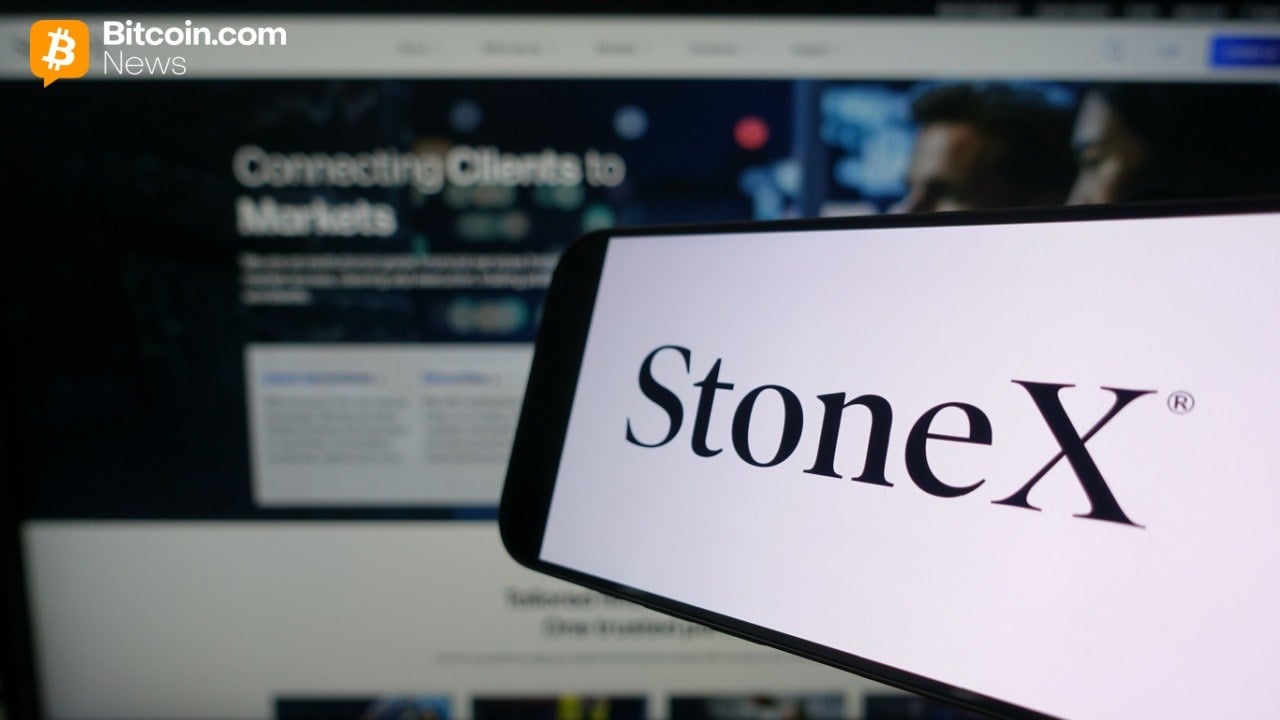In the late 1990s, everyone wanted a piece of the new technology called the internet.
Money flooded into dot-com startups with little more than a business plan and a catchy name.
And the Nasdaq quadrupled in five years.
Source: tradingview.com
But here’s the thing most people forget…
The biggest winner of the late 90s wasn’t a dot-com at all.
It was Cisco, a company that didn’t run a website or sell any ads. Instead, it sold the routers and switches that kept the web online.
From 1990 to 2000, Cisco’s stock rocketed more than 75,000%.
Meaning, a $10,000 stake turned into more than $7 million.

Source: tradingview.com
Meanwhile, the S&P 500 gained just 280% in the same stretch.
What’s the lesson you can learn from this?
That the largest fortunes often don’t come from chasing the obvious names.
It’s a simple truth, but it’s crucially important to understand right now. Because in 2025 we’re watching a similar setup play out again…
The AI Echo
The parallels between today and 1999 are striking.
In 1999, tech stocks made up nearly 30% of the S&P 500’s market cap. Today, they account for more than 34%.
At the peak of the dot-com bubble, the average tech stock traded at over 70 times earnings.

Today, the sector averages closer to 30 times earnings. Which is still expensive, but it’s not nearly as outlandish.
Because unlike the dot-com boom, when valuations were pinned to page views, today’s multiples are tied to companies with real revenues and massive demand for their products.
As talked about last week, AI is starting to have a real effect on productivity growth across the economy.
It’s also the biggest driver of today’s stock market.
And the poster child of the AI boom is Nvidia (Nasdaq: NVDA).
In the past seven years, Nvidia has surged more than 3,000%, pushing its market cap past $4 trillion.

Source: tradingview.com
Last month, Nvidia’s weighting in the S&P 500 reached over 8%. That’s the highest for a single stock since record-keeping began in 1981.
But it’s the same kind of concentration we saw at the height of the dot-com boom, when a handful of tech names carried the entire market higher.
And this underscores the simple lesson Cisco taught us 25 years ago.
Nvidia’s stock price might still have more runway, but George Gilder and I believe it’s too big to deliver the next Cisco-style returns.
Instead, just like during the dot-com era, they’ll come from the smaller companies enabling AI’s success.
It’s the kind of moment that only comes around once every generation.
And George Gilder knows all about moments like these. After all, he’s been tracking them for half a century.
He showed Ronald Reagan his first microchip in the Oval Office because he understood how the convergence of chips and networks would create the digital economy.
Now he says we’re entering what we’re calling “Convergence X.”
It’s a moment just like when the steam engine met the railroad and created America’s first connected economy…
And when the microchip met the internet and launched Microsoft, Amazon and Google.
These were moments that created generational wealth.
But today, eight breakthrough technologies are accelerating at once.
Any one of these could mint fortunes. But together, they’re feeding off each other in ways we’ve never seen before.
That’s why we believe this moment is bigger than the internet boom.
And we’re not the only ones. Just look at where today’s billionaires are placing their bets.
Mark Zuckerberg has committed $65 billion this year to convergence infrastructure.
Larry Ellison secured a $100 billion contract tied to Project Stargate. His wealth jumped so fast he briefly overtook Elon Musk as the richest man on Earth.
And Jeff Bezos has liquidated billions in Amazon shares to stake out smaller convergence plays.
These folks aren’t making side bets on AI.
They’re making structural wagers on the backbone of the next economy.
That’s why George and I are sharing an urgent update from his home in the Berkshire Mountains.
Because the acceleration we’re seeing is happening faster than anyone predicted…
So we’re sounding the alarm today.
Here’s My Take
History doesn’t repeat, but it rhymes.
The internet boom minted a generation of millionaires. But what we’re calling “Convergence X” is bigger, faster and already in motion.
This could be the moment that flips the switch on the largest wealth transfer of our lifetimes.
And just as Cisco turned the internet into a generational wealth event, the companies powering Convergence X will define this decade’s fortunes.
The little-known plays that will make the convergence possible could see explosive moves once Wall Street catches on.
But the window to get positioned is closing fast.
George and I are going live at 1PM today with an urgent update on why this “super convergence” is now going into OVERDRIVE.
Regards,
 Ian KingChief Strategist, Banyan Hill Publishing
Ian KingChief Strategist, Banyan Hill Publishing
Editor’s Note: We’d love to hear from you!
If you want to share your thoughts or suggestions about the Daily Disruptor, or if there are any specific topics you’d like us to cover, just send an email to [email protected].
Don’t worry, we won’t reveal your full name in the event we publish a response. So feel free to comment away!


























